Cold air intakes improve engine performance by increasing airflow, while stock intakes prioritize noise reduction and emissions control. Both have distinct advantages depending on your vehicle’s needs.
Cold air intakes vs stock intakes serve different purposes in a vehicle’s engine system. Stock intakes are designed by manufacturers to meet regulatory standards, focusing on reducing noise and emissions. They are reliable and maintain a balance between performance and environmental compliance.
Cold air intakes, on the other hand, aim to enhance engine performance by allowing cooler, denser air to enter the engine. This can lead to better combustion, increased horsepower, and improved fuel efficiency. Choosing between the two depends on your priorities, whether it’s maintaining manufacturer specifications or seeking enhanced performance.
Introduction To Cold Air Intake
Want to boost your car’s performance? Learn about cold air intakes! This guide explains how they work and why they matter. Understand the basics and make informed decisions.
What Is A Cold Air Intake?
A cold air intake is an aftermarket part. It replaces your car’s stock air intake. This part helps your engine breathe better.
Stock air intakes have limitations. They often restrict airflow. A cold air intake lets more air into the engine. This improves combustion and power.
How It Works
A cold air intake pulls in cooler air from outside the engine bay. Cooler air is denser than warm air. Denser air contains more oxygen. This boosts fuel combustion efficiency.
The system includes a filter and a tube. The filter blocks debris. The tube directs air to the engine. Some systems even have a heat shield. This keeps the air cool.
Here is a simple comparison:
| Feature | Stock Air Intake | Cold Air Intake |
|---|---|---|
| Air Temperature | Warmer | Cooler |
| Airflow | Restricted | Improved |
| Performance | Standard | Enhanced |
Switching to a cold air intake can make a big difference. Experience better throttle response and fuel efficiency.

Credit: m.youtube.com
Introduction To Stock Air Intake
The stock air intake is a standard component in most vehicles. It is designed by the manufacturer to meet average driving needs. This factory-installed system ensures the engine receives clean air for combustion.
What Is A Stock Air Intake?
A stock air intake is the original air intake system that comes with your car. It is designed to balance performance, fuel efficiency, and emissions. The system includes an air filter, intake tube, and airbox.
- Air Filter: Traps dirt and debris.
- Intake Tube: Channels air to the engine.
- Airbox: Houses the air filter.
How It Works
The stock air intake operates by drawing air through the air filter. The air filter removes harmful particles. The clean air then travels through the intake tube to the engine.
- Air enters the airbox.
- Air passes through the air filter.
- Filtered air flows into the intake tube.
- Air reaches the engine for combustion.
This process ensures the engine gets a steady supply of clean air. Clean air improves fuel combustion and engine efficiency.
| Component | Function |
|---|---|
| Air Filter | Removes dirt and debris. |
| Intake Tube | Channels clean air to the engine. |
| Airbox | Houses the air filter. |
The stock air intake is crucial for engine health. It provides clean air for better fuel combustion.
Performance Comparison
Are you wondering if a cold air intake boosts performance? Let’s dive into a detailed comparison between cold air intake and stock systems. This section will explore key performance aspects to help you decide which is better for your vehicle.
Horsepower Gains
A cold air intake generally provides more horsepower gains compared to a stock system. This is due to its ability to deliver cooler air to the engine. Cooler air is denser and contains more oxygen. This results in better combustion and more power.
| System Type | Average Horsepower Gain |
|---|---|
| Stock | 5-10 HP |
| Cold Air Intake | 10-20 HP |
Acceleration Improvement
Acceleration is another area where cold air intake shines. By providing denser, cooler air, the engine responds quicker. This results in faster acceleration. Below is a comparison:
- Stock: Standard acceleration times.
- Cold Air Intake: Improved throttle response and quicker acceleration.
In summary, a cold air intake offers significant performance improvements over stock systems. It enhances horsepower and acceleration, giving your vehicle a noticeable boost.

Credit: www.reddit.com
Efficiency Comparison
Choosing between a cold air intake and a stock intake system involves various factors. Efficiency is a crucial aspect to consider. We’ll compare their fuel economy and engine longevity to help you make an informed decision.
Fuel Economy
A cold air intake can improve your car’s fuel economy. It allows more air into the engine, making it work better.
This system uses cooler air, which is denser. Denser air carries more oxygen, helping the engine burn fuel more efficiently. As a result, your car might use less fuel for the same distance.
On the other hand, a stock intake system might not be as efficient. It uses air from inside the engine bay, which is warmer and less dense. This can lead to less efficient fuel burning and lower fuel economy.
| Feature | Cold Air Intake | Stock Intake |
|---|---|---|
| Air Temperature | Cooler | Warmer |
| Air Density | Higher | Lower |
| Fuel Economy | Better | Poorer |
Engine Longevity
The type of intake system can also affect your engine’s life. A cold air intake can help your engine run cooler. Cooler engines experience less wear and tear, which can extend their lifespan.
Another benefit is better filtration. Many cold air intakes come with high-quality filters. These filters keep dirt and debris out of the engine, reducing damage over time.
In contrast, stock intake systems might not offer the same level of filtration. They can allow more dirt into the engine, causing more wear. This can shorten the engine’s lifespan.
- Cold Air Intake: Cooler engine, better filtration, longer engine life.
- Stock Intake: Warmer engine, less effective filtration, shorter engine life.
Air Intake Installation Process
The installation process of a cold air intake versus a stock air intake can vary significantly. Understanding these differences is crucial for car enthusiasts and DIYers. This section will guide you through the steps involved in installing both types.
Cold Air Intake Installation
Installing a cold air intake is a popular upgrade for many car owners. This process can usually be completed with basic tools. Follow these steps for a successful installation:
- Ensure the engine is cool before starting.
- Disconnect the battery to avoid electrical issues.
- Remove the existing air intake system.
- Install the new cold air intake piping and filter.
- Secure all clamps and connections tightly.
- Reconnect the battery and start the engine.
The installation process may vary slightly based on the car model. Always refer to the specific instructions provided by the manufacturer. Here is a table to summarize the required tools:
| Tool | Purpose |
|---|---|
| Screwdriver | Remove and tighten screws and clamps |
| Wrench | Disconnect battery terminals |
| Socket Set | Remove bolts from the stock intake system |
Stock Air Intake Installation
Reinstalling a stock air intake is often simpler and quicker. It typically involves fewer steps and tools. Follow these steps for a smooth installation:
- Ensure the engine is cool before starting.
- Disconnect the battery to avoid electrical issues.
- Remove any existing aftermarket air intake components.
- Install the stock air intake system.
- Secure all clamps and connections tightly.
- Reconnect the battery and start the engine.
Again, the process might vary slightly depending on the car model. Always refer to the specific instructions provided by the manufacturer. Below is a summary of the required tools:
| Tool | Purpose |
|---|---|
| Screwdriver | Remove and tighten screws and clamps |
| Wrench | Disconnect battery terminals |
Whether installing a cold air intake or a stock air intake, safety is paramount. Ensure all steps are followed carefully to avoid any issues.
Cost Analysis
Understanding the cost differences between a cold air intake and a stock intake helps make an informed decision. Let’s dive into the initial investment and long-term costs of both options.
Initial Investment
The initial cost of a cold air intake system varies. Typically, it ranges from $150 to $500. This price depends on the brand and quality.
On the other hand, a stock intake system is usually included in the car’s purchase price. If you need a replacement, it costs between $50 and $200.
| Type | Cost Range |
|---|---|
| Cold Air Intake | $150 – $500 |
| Stock Intake | $50 – $200 |
Long-term Costs
Over time, the maintenance costs for both systems differ. A cold air intake needs cleaning every 30,000 to 50,000 miles. Special cleaning kits cost about $20 to $30.
Conversely, a stock intake requires frequent filter replacements. These replacements are recommended every 15,000 to 30,000 miles. Each filter costs around $10 to $20.
| Type | Maintenance Interval | Cost per Maintenance |
|---|---|---|
| Cold Air Intake | 30,000 – 50,000 miles | $20 – $30 (Cleaning Kit) |
| Stock Intake | 15,000 – 30,000 miles | $10 – $20 (Filter Replacement) |
In the long run, the cold air intake system may prove to be more cost-effective due to less frequent maintenance.
Maintenance Requirements
Keeping your car’s air intake system in top shape is essential. It ensures optimal engine performance and longevity. This section dives into the maintenance requirements for both cold air intake systems and stock air intake systems.
Cold Air Intake Maintenance
Cold air intake systems often require more attention. They come with reusable air filters. These filters need regular cleaning to stay efficient.
- Inspect the filter: Check it every 10,000 miles.
- Clean the filter: Use a specialized cleaning kit. Follow the manufacturer’s instructions.
- Re-oil the filter: After cleaning, apply the appropriate oil. This ensures proper filtration.
- Check for debris: Remove any leaves or dirt from the intake tube.
Frequent inspection and cleaning will help maintain the system’s performance.
Stock Air Intake Maintenance
Stock air intake systems are less demanding. They often use disposable air filters. These filters are easier to maintain but still need attention.
- Inspect the filter: Check it every 15,000 miles.
- Replace the filter: Change it when it appears dirty. Usually, this is every 30,000 miles.
- Check for debris: Ensure no dirt or leaves are blocking the intake.
Stock air intake systems require minimal effort. Just regular checks and timely replacements.
| Maintenance Task | Cold Air Intake | Stock Air Intake |
|---|---|---|
| Inspect Filter | Every 10,000 miles | Every 15,000 miles |
| Clean Filter | With cleaning kit | N/A |
| Replace Filter | Re-oil after cleaning | Every 30,000 miles |
| Check for Debris | Regularly | Regularly |
Cold Air Intake Pros And Cons
Choosing between a Cold Air Intake and a Stock Air Intake can be challenging. Each option has its pros and cons. This guide will help you make an informed decision.
Advantages Of Cold Air Intake
- Improved Performance: Cold air intakes provide cooler air, leading to better engine performance.
- Increased Horsepower: More oxygen-rich air boosts engine power.
- Better Fuel Efficiency: Cold air burns fuel more efficiently.
- Enhanced Sound: Many drivers enjoy the deeper, throaty sound from the engine.
- Custom Look: Cold air intakes often come in various designs, adding a custom look to your engine bay.
Advantages Of Stock Air Intake
- Cost-Effective: Stock air intakes are typically cheaper.
- Reliable: Designed specifically for your vehicle’s engine, ensuring reliability.
- Warranty Protection: Using stock parts often keeps your vehicle’s warranty intact.
- Less Maintenance: Stock intakes usually require less frequent maintenance.
- Regulatory Compliance: Stock intakes meet all emissions and noise regulations.
Comparison Table
| Feature | Cold Air Intake | Stock Air Intake |
|---|---|---|
| Performance | High | Moderate |
| Cost | Higher | Lower |
| Maintenance | Moderate | Low |
| Warranty | May Void | Intact |
| Sound | Louder | Quieter |
Real-world Applications
Car enthusiasts often debate the benefits of a cold air intake vs stock air intake. Understanding their real-world applications helps make an informed decision. Let’s dive into how each performs in everyday driving and performance driving scenarios.
Everyday Driving
For daily commutes, stock air intakes are usually enough. They provide a reliable balance of performance and fuel efficiency. Manufacturers design them to meet average driving needs. Cold air intakes, on the other hand, offer better airflow. This can improve fuel economy slightly but mainly enhance throttle response. The difference might be minimal in stop-and-go traffic.
| Aspect | Stock Air Intake | Cold Air Intake |
|---|---|---|
| Fuel Efficiency | Standard | Potentially Slightly Better |
| Throttle Response | Good | Improved |
| Maintenance | Low | Moderate |
For most drivers, sticking with the stock option makes sense. It’s cost-effective and requires less maintenance. If you enjoy a bit of extra performance during your commute, a cold air intake could be worth the investment.
Performance Driving
Performance driving demands the best from your car. Here, a cold air intake shines. It can provide more horsepower by delivering cooler, denser air to the engine. This can make a noticeable difference on the track or during spirited driving on back roads. A stock air intake may restrict airflow, limiting performance potential.
- Horsepower Gain: Cold air intakes can boost horsepower by 5-15 HP.
- Engine Sound: They often result in a more aggressive engine sound.
- Heat Soak: They are less prone to heat soak compared to stock intakes.
For those who frequently push their cars to the limit, investing in a cold air intake is beneficial. It not only enhances performance but also makes driving more enjoyable.

Credit: official.bankspower.com
Frequently Asked Questions
What Is A Cold Air Intake?
A cold air intake is an aftermarket car modification that helps bring cooler air into the engine.
How Does Cold Air Intake Work?
It works by drawing cooler air from outside the engine bay, improving combustion efficiency.
Stock Vs Cold Air Intake: Which Is Better?
Cold air intakes generally boost performance and efficiency, but stock intakes provide reliability and warranty compliance.
Does Cold Air Intake Increase Horsepower?
Yes, it can increase horsepower by allowing the engine to burn more fuel efficiently.
Is Cold Air Intake Installation Easy?
Installation is usually straightforward, but it may require basic mechanical skills and tools.
Does Cold Air Intake Improve Fuel Economy?
It can improve fuel economy by making the engine run more efficiently, but results vary.
Conclusion
Choosing between cold air intake and stock systems depends on your needs. Cold air intake boosts performance and efficiency. Stock systems offer reliability and simplicity. Consider your driving habits and vehicle requirements. Ultimately, both options have their advantages. Make an informed decision to enhance your driving experience.


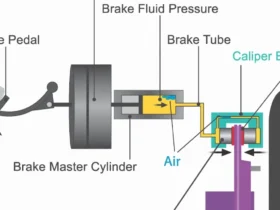
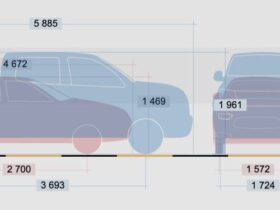
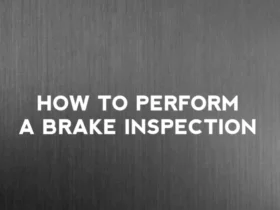

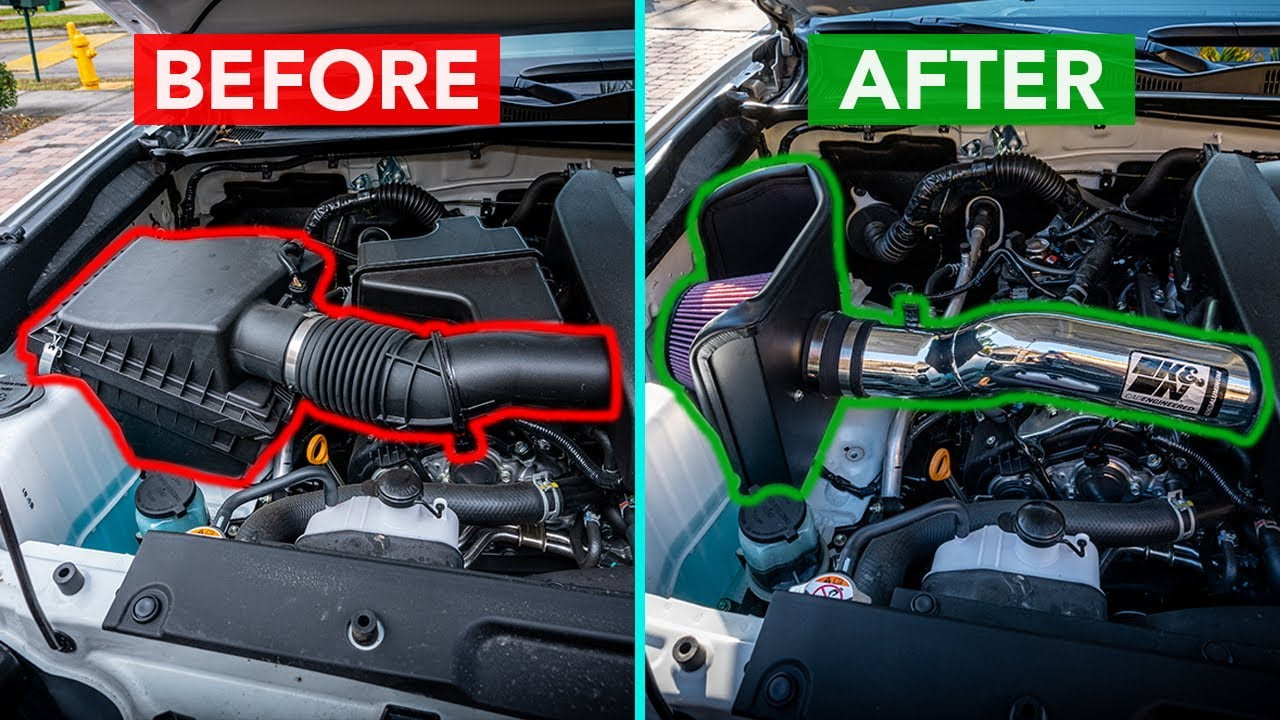



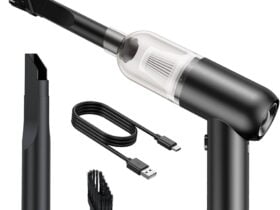

Leave a Reply